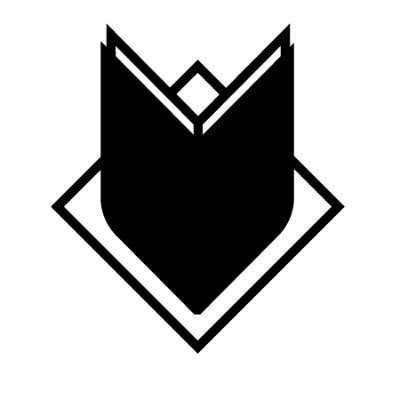REVIEW: Mark Millar's The Magic Order #6 pulls a fantastic trick on the audience
The Magic Order #6 is out 2/13/2019.
By Bo Stewart — It’s somewhat of a rare treat to see a writer as established as Mark Millar manage to surprise his audience. I have to admit, before reading The Magic Order, I thought I’d seen every trick Millar was capable of pulling. In fact, I even thought I’d figured out the ending to The Magic Order itself, and my prediction was that this book’s ending would be abrupt. The double-sized finale The Magic Order #6, however, subverted my expectations at every turn. This is, simply put, an exciting and emotional story, and like all good magic tricks, it has plenty of surprises for its audiences as the creators saved the best for last.
Really, every issue of this series has been packed with twists, making this book a page turner in every sense. This is a story about family and what people are willing to sacrifice for love. It’s a little difficult to discuss this issue in detail without veering into spoiler territory, but trust me, you won’t see this ending coming either. It wraps a neat bow on everything we’ve seen before while also leaving the door cracked just enough for a potential sequel (the end says End of Book One...so there could be more coming).
So then, let’s talk a little about the format of The Magic Order. Up until I reviewed The Magic Order #5 in December, I was under the assumption that this was an ongoing book. How could it not be? The premise is brimming with amazing characters, wondrous feats of magic, and endless possibilities to explore. Once I learned it would end with #6, I felt as if we were being denied a closer look at a world I wanted to spend more time in. It is worth noting that the forthcoming Netflix series will help assuage some of this, but even the adaptation the streaming giant will provide aren’t enough to replace the simple desire that I want more comics. Not just a little, a lot more.
In many ways, though, the restraint keeping the series to just these first six issues should be commended. All too often in comics, similar limitations aren’t utilized and the narrative suffers as a result. This is a tight, briskly-paced adventure where every issue justifies itself by being essential to the story. It’s just a gorgeous book that weaves a tale among the very best of Mark Millar’s many comics.
Overall: The Magic Order far exceeded my expectations left me wanting many more adventures with these characters in this fantastic world. It belongs among the very best of Mark Millar’s prolific career. This comic isn’t merely good—it’s great. 9.0/10
The Magic Order #6
Writer: Mark Millar
Artist: Olivier Coipel
Colorist: Dave Stewart
Letterer: Peter Doherty
Publisher: Image Comics
Price: $3.99
For more comic book reviews, check out our review archives.
Bo grinds for the Man by day so he can create comics by night. He is the lesser half of the Stewart Brothers writing team and can be found on Twitter and Instagram @stewart_bros







